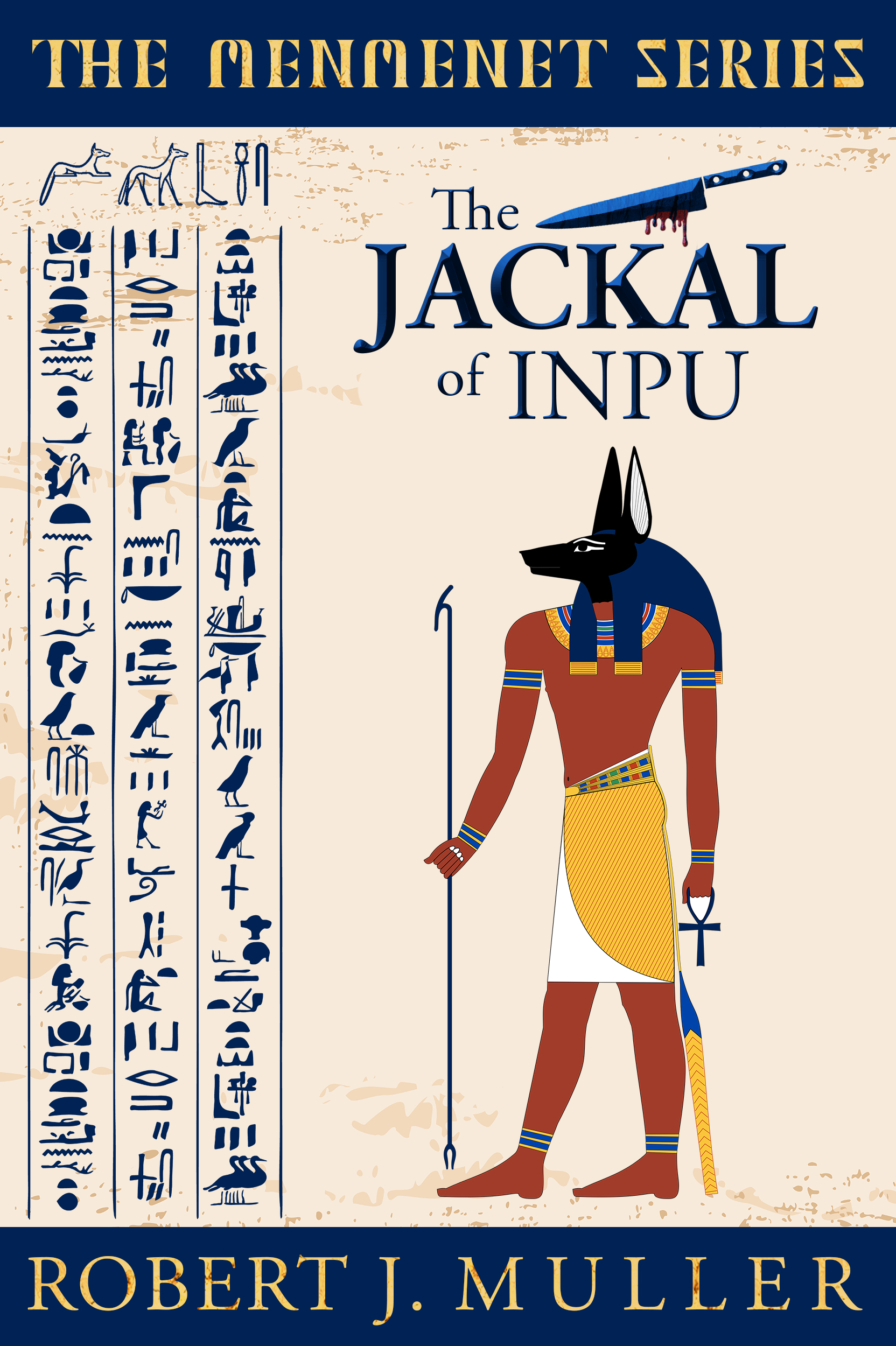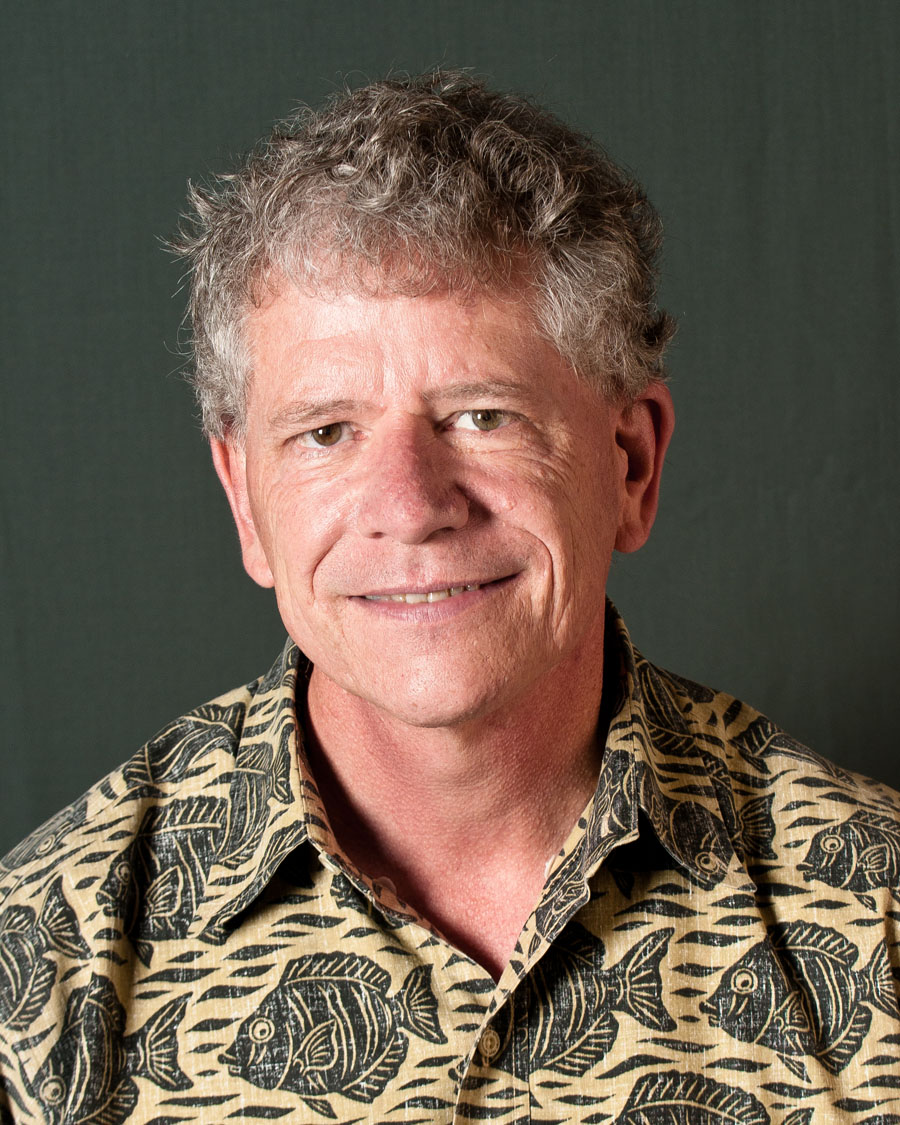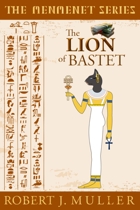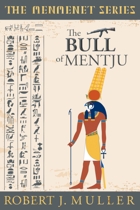The Jackal of Inpu
A Menmenet Alternate History Novel

Tomb Raider meets Tales of the City in a murder mystery set in a very different San Francisco colonized by the Egyptian Empire.
Cheryl MacIntyre, an American expatriate, thinks her boss on the Menmenet homicide squad is missing the obvious in the celebrity chef murder—his wife Neferaset did it. After investigating, she’s sure, but she’s forced off the case. When she continues pressing the wealthy Neferaset, she’s ousted from her job with the medjau.
Shesmu za-Akhen, a dynamic young chef on the rise, has betrayed his murdered mentor by sleeping with Neferaset. He knows she didn’t murder her husband, but he can’t prove it. When the medjau question her, Neferaset ends the affair but won’t say why.
Shesmu and MacIntyre both pursue ma’at but strike sparks over Neferaset. The flames ignite an attraction between the two, but the murder and Neferaset get in the way. When MacIntyre discovers Neferaset’s secret life at the Temple of Seteh, a banned god, tensions mount, driving MacIntyre and Shesmu even further apart. Tomb robbery, murderous attacks, and ancient treasure force them into worlds that threaten not just their love but their careers, their lives, and even their souls.
The first novel in the Menmenet trilogy of alternate history mysteries, The Jackal of Inpu tells the story of how a lonely American transplant and a dynamic young Remetjy chef find love in an exotic city full of fog, mystery, and romance despite the many obstacles in their path. Menmenet is the capital city of the Ta’an-Imenty Republic, a country on the West Coast of North America colonized by the Egyptian Empire in the 18th century.
“Paperwork. Hutyt-er-Semetyu Cheryl MacIntyre hated it. She’d been hating it for two solid days. So she rejoiced when her boss tapped her for a murder. Even late in the day, a new body always got the blood moving.
The blood, in this case, was all over the kitchen floor and walls in large spatters. MacIntyre concentrated on the body first. The crime scene photographers had finished and the forensics people had started their search for micro-clues. She examined the scene from outside the criminalists’ perimeter.
Middle-aged, distinguished-looking man. Well-to-do, if this was his enormous mansion on the Tjesut, the prominent Menmenet ridge that favored palaces, mansions, and northern views of the bay and its islands.
No sign of bruising, rigor just setting in, a nearly severed head from a knife cut across the throat, no other wounds she could see. The cut looked deep enough to have partially or fully severed the spine. The man died fast. There were big swatches of blood from the arterial spray, the direction showing he’d twisted as he collapsed. The spatters moved along the wall right up to the kitchen counter. The w’abu from the Temple of Sekhmet-Hut-her would tell them more, and time of death, which wasn’t that long ago—rigor not advanced, blood tacky, body still warm. Body sprawled every which way on the floor. No clues there. The killer got him standing up from the height of the spatter.
'Look at this, MacIntyre.' Her boss, Idnu-er-Semetyu Djehutymes, held an evidence bag with a knife in it, a large one. Kind of unusual: wooden handle, oldish, well-used, dull gray rather than shiny metal, 25cm of blade, looked damn sharp.”








